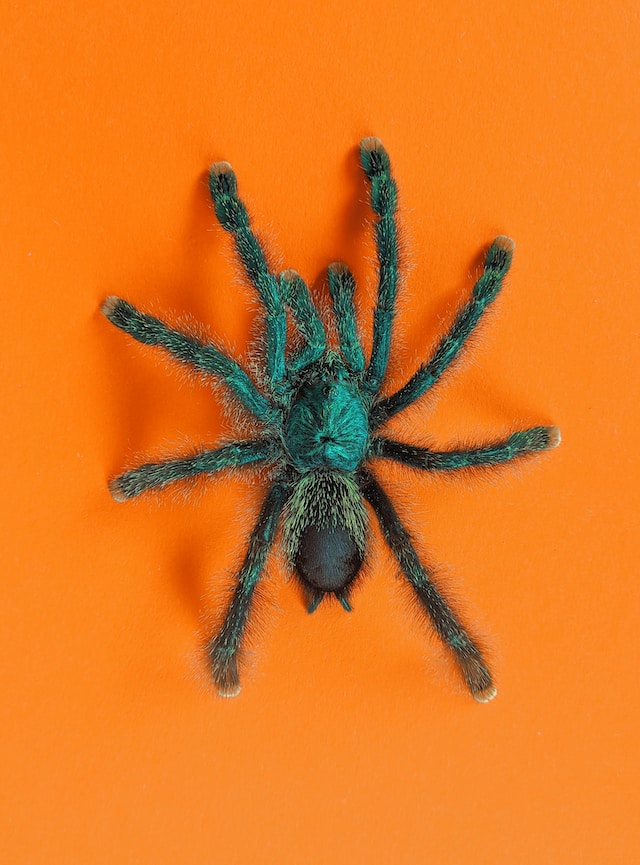Spiders, with their diverse shapes, colors, and behaviors, are a captivating part of our natural world. From the common house spider that weaves its web in the corners of our homes to the elusive and venomous black widow, spiders come in a multitude of species. Join us as we embark on a guide to identifying some of the different types of spiders found in various regions, shedding light on their unique characteristics and habitats.
- Garden Orb-Weaver (Araneus diadematus): Known for their beautifully intricate webs, garden orb-weavers are common in gardens and meadows across the globe. With their round abdomens and striking cross-like markings, they are easy to spot. These spiders play a crucial role in controlling insect populations and are harmless to humans.
- Jumping Spider (Family Salticidae): With their large, forward-facing eyes and incredible leaping abilities, jumping spiders are among the most charismatic and diverse spider families. Found in a wide range of habitats, these spiders are known for their colorful patterns and curious behavior, often engaging in intricate courtship dances.
- Black Widow (Latrodectus spp.): Widely known for their venomous bite, black widows are found in temperate regions around the world. The females, with their glossy black bodies and iconic red hourglass marking, are the most recognizable. While encounters with black widows are rare, it’s essential to exercise caution due to their potent neurotoxic venom.
- Wolf Spider (Family Lycosidae): Often mistaken for tarantulas due to their large size, wolf spiders are skilled hunters that do not rely on webs to catch their prey. With their robust bodies and long legs, they are swift and agile. These spiders are found in a variety of habitats, including forests, grasslands, and even urban areas.
- Brown Recluse (Loxosceles spp.): Brown recluses, named for their secretive nature, are notorious for their venomous bites. These spiders have a distinct violin-shaped marking on their back and are mostly found in the southern and central United States. While they prefer to avoid human contact, their bites can result in severe tissue damage and require medical attention.
- Orb-Weaver Spider (Family Araneidae): Orb-weavers are known for their large, circular webs that grace gardens, forests, and wetlands. These spiders possess a range of vibrant colors and intricate patterns on their abdomens. Despite their intimidating appearance, most orb-weavers are harmless to humans and contribute to pest control in their respective ecosystems.
- Daddy Longlegs (Order Opiliones): Often mistaken for spiders, daddy longlegs belong to a different order of arachnids. These creatures have long, thin legs and rounded bodies, and they can be found in various environments worldwide. Daddy longlegs are harmless and play a role in nutrient cycling by feeding on decaying organic matter.
It’s important to note that this is just a small glimpse into the vast world of spider diversity. Many other species, such as tarantulas, crab spiders, and orb-weavers, deserve recognition for their unique characteristics and ecological roles.
When encountering spiders, it’s crucial to respect their habitats and avoid unnecessary disturbance. While some spiders have venomous bites, most are harmless and prefer to retreat rather than engage in conflict.
Remember, the key to successful identification lies in observing their physical features, web structures, and behavior. If you’re interested in learning more about spiders in your area, consult local field guides, naturalist organizations, or reputable online resources.




